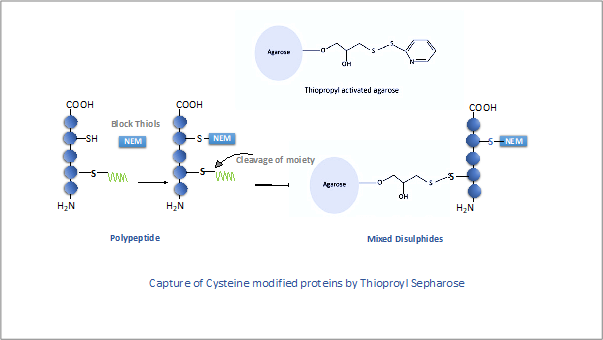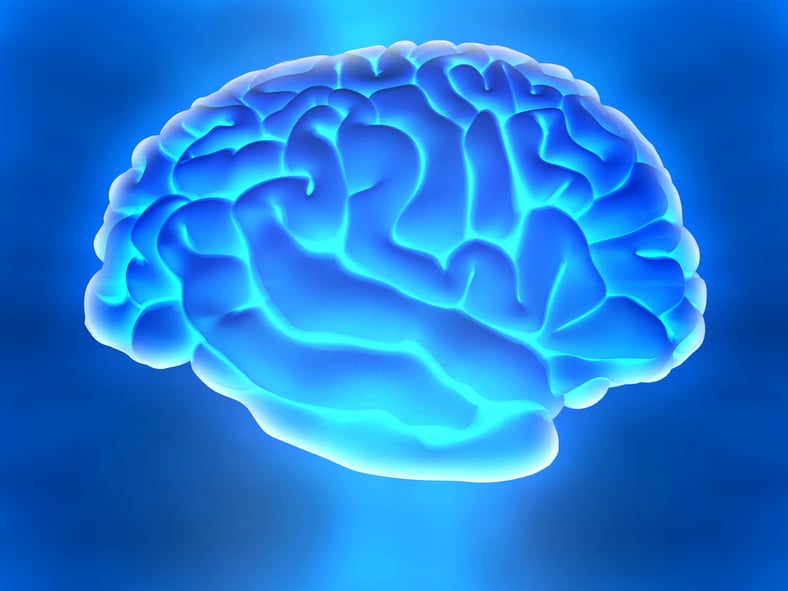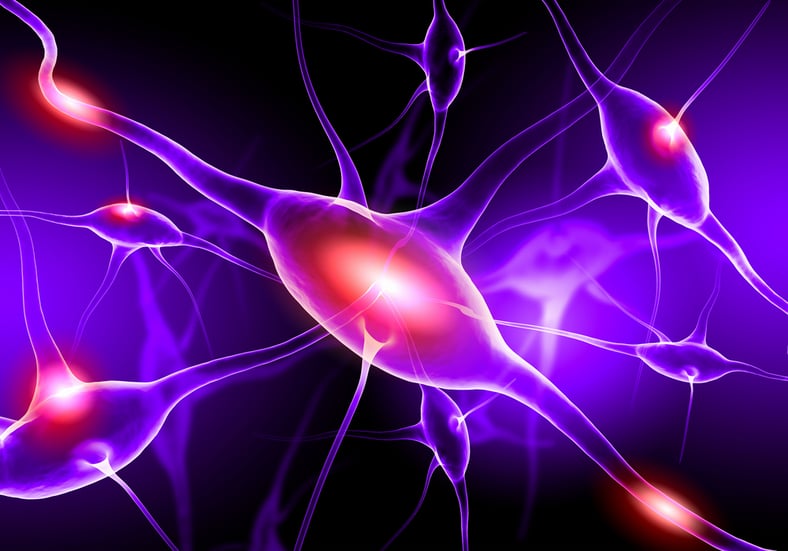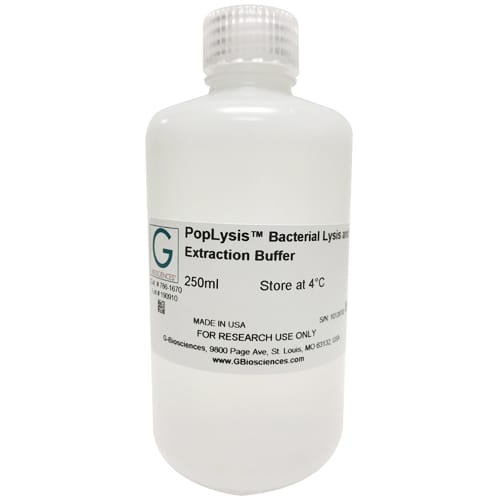Cysteine is one of the most reactive amino acid residue owing to the thiol (-SH) group, thiols can serve as an electron donor in different reactions. Cysteine thiols can form part of catalytic centre and can frequently participate in enzymatic reactions, not just that, cysteine thiols can also undergo a variety of covalent post-translational modifications (PTMs) and formation of disulphide bonds. The thiol modifications can act as important mediators of redox signalling and protein function regulation.
Topics: Protein Purification, Protein Electrophoresis, Sample Clean Up, Protein Extraction
What is the Link between Protein Folding and Prion Disease?
Prion diseases (also referred to as transmissible spongiform encephalopathies, or TSEs) are a group of progressive, untreatable, and fatal neurodegenerative conditions affecting both humans and animals. Generally, these conditions are characterized by long incubation periods (usually between 5 to 20 years), disruption in the normal tissue structure (resulting in holes and vacuole formation in the neurons), and the absence of an inflammatory response.
Topics: Protein Purification, Molecular Biology, Western Blotting, Protein Electrophoresis, Cytotoxicity Assays, Sample Clean Up, Protein Concentration, Protein Fractionation, Protein Labeling, Protein Extraction, Buffers & Chemicals
Exploring the Genetic Causes of ALS (Lou Gehrig's Disease)
Despite the advances in modern medicine, no one knows for sure what causes amyotrophic lateral sclerosis (ALS), also called Lou Gehrig’s disease. Scientists can only theorize and speculate as to what causes it, but they still don’t have a conclusive answer to this question.
Topics: Protein Purification, Western Blotting, Assay Development (ELISA), Sample Clean Up, Protein Concentration, Protein Extraction, Protein Detection
What should you consider when selecting a protein extraction buffer?
Proteomes can be made up of more 15,000-20,000 different protein species that differ greatly in properties such as molecular mass, charge, abundance, hydrophobicity and other characteristics. Extraction of proteome for analysis is therefore a daunting task that requires careful attention to details. Sample preparation for proteome analysis requires solubilization of proteins. The choice of optimal method for solubilization of protein mixture is critical since sample preparation affects the outcome of analysis. Usually the steps involved are homogenization, solubilization and stabilization when proteome sample is prepared from cells or tissues.
Topics: Protein Extraction







